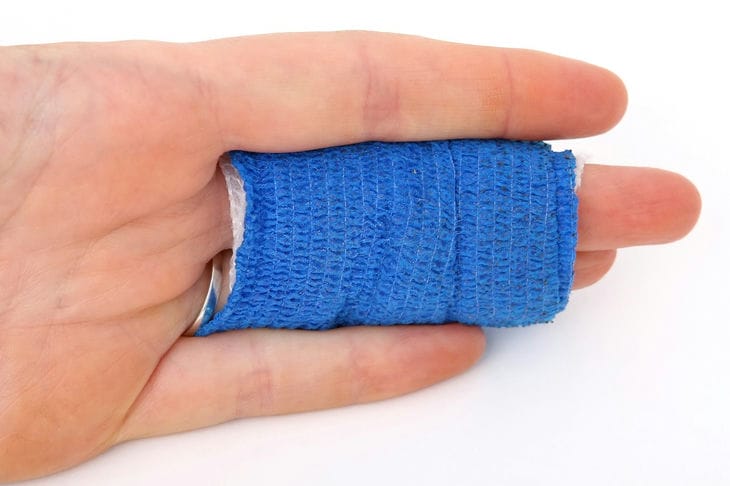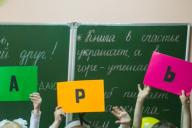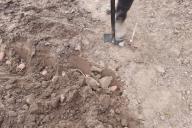Without forgetting mental trauma, let's talk about physical trauma.
In winter, when we talk about trauma, we primarily mean trauma from winter sports and active recreation, as well as domestic incidents.
Mikhail Maslennikov, doctor, chief specialist, N.I. Pirogov National Medical and Surgical Center, told us about the types of injuries.
The first group includes, in particular, skiing accidents, falls while skating, sledding, riding on inflatable tubes, etc. In everyday life in winter, a person can suffer from falling ice and icicles from roofs, slip on a slippery sidewalk, or become a victim of a traffic accident.
And if on an equipped ski slope there is usually always a special assistance service, then in everyday life a person often has to make decisions on his own.

The risk group includes children, the elderly, people with chronic diseases, including musculoskeletal disorders. The most common injuries caused by falls are soft tissue bruises, sprains, limb fractures, and craniocerebral injuries.
If after a fall a person is unconscious or complains of acute pain with the slightest attempt to move, it is necessary not to remain indifferent, call for help without changing the position of the victim's body.
In such a situation, you need to call an ambulance team, warning about the severity of the patient's condition, and provide emergency care if indicated: in the case of active bleeding (which happens with trauma to large vessels, for example, with fragments of a broken bone), you need to apply a tourniquet from improvised materials; you can use a trouser belt or stockings.
The tourniquet is applied above the wound site in the case of arterial bleeding - pulsating under pressure, or below the wound in the case of venous bleeding - when oxygen-poor dark blood flows out evenly.
If a person has fallen and hit their head, is unconscious or is giving inappropriate answers, it is necessary to immobilize the head and clear the airway, preventing the tongue from falling back.
One of the most common conditions associated with falls in older people is a hip fracture, an injury that requires surgical treatment, without which a person may remain bedridden.
If the victim can stand up on his own, there are no open wounds or obvious signs of fractures (displacement of fragments), then it is necessary, if possible, to go to the nearest emergency room to perform X-ray and ultrasound examinations for timely diagnosis of a fracture without displacement, bone crack, ligament sprain, joint injury with bleeding into its cavity (hemarthrosis) and a number of other conditions that require additional mechanical and medicinal support.
When moving along the street in winter, in conditions of abnormal temperature fluctuations and snowfalls, it is necessary to observe simple precautions:
1. Plan your route so that it does not go along the walls of your home; look around for obvious icicles or ice.
2. Move in small steps, leaning your body forward slightly - this will provide stability.
3. Don't put your hands in your pockets. Hands are a key tool for balance, important for maintaining the body's position in space, and also protecting against more serious injuries when falling.
4. Do not move with headphones, this may prevent you from hearing the sound of approaching traffic. Be sure to inspect the road, stopping even before a pedestrian crossing. In winter, the braking distance of a car is increased, and the driver, even seeing a pedestrian, cannot always stop in time
5. Don't be indifferent, elderly people often find it difficult to move around in difficult weather conditions, and people who have already been injured may need help.
Earlier, the doctor explained what kind of water is dangerous to drink.








